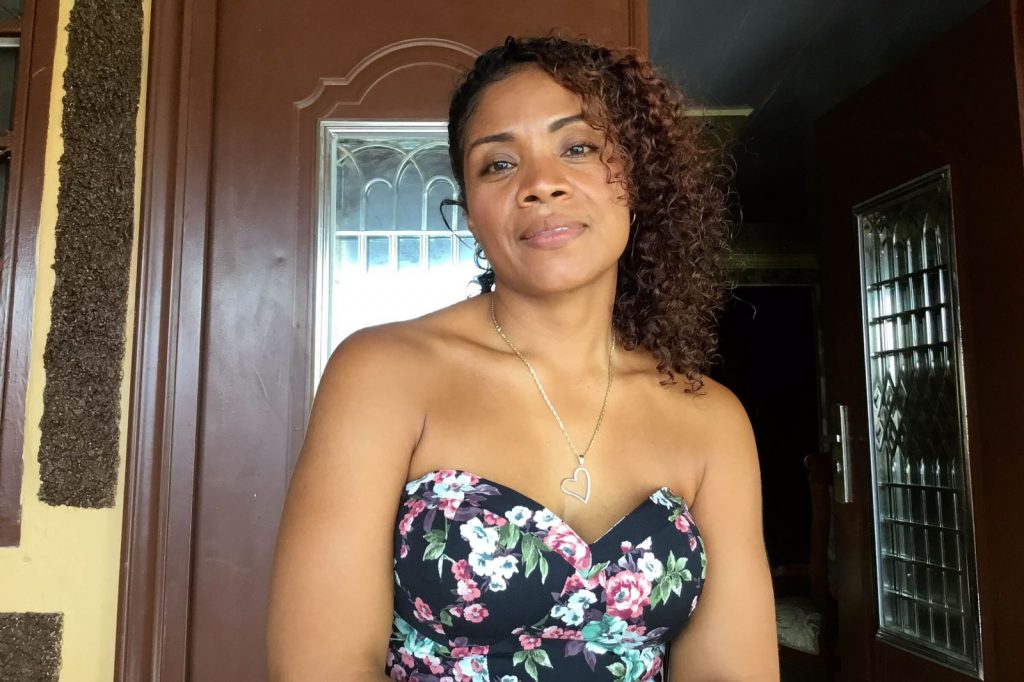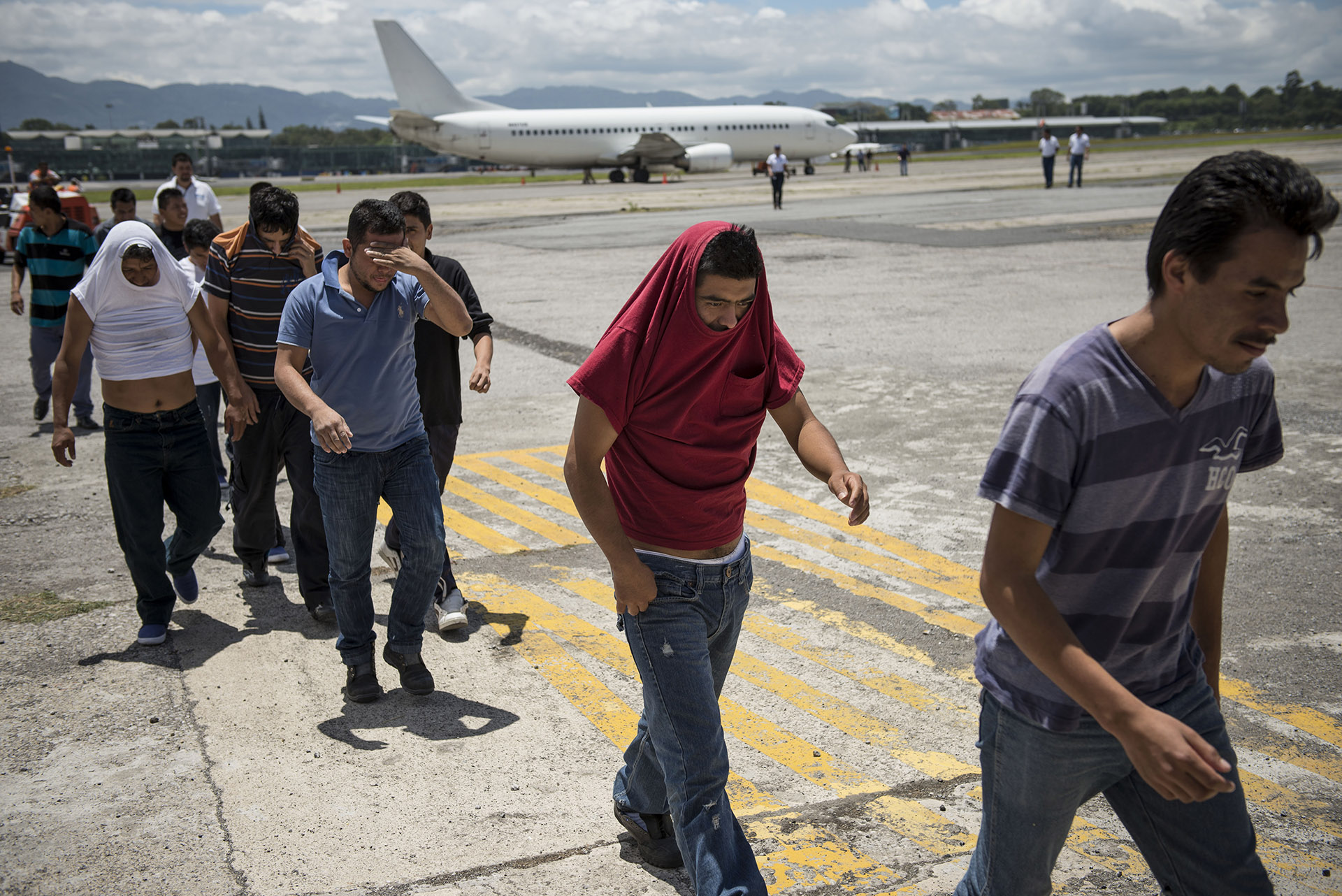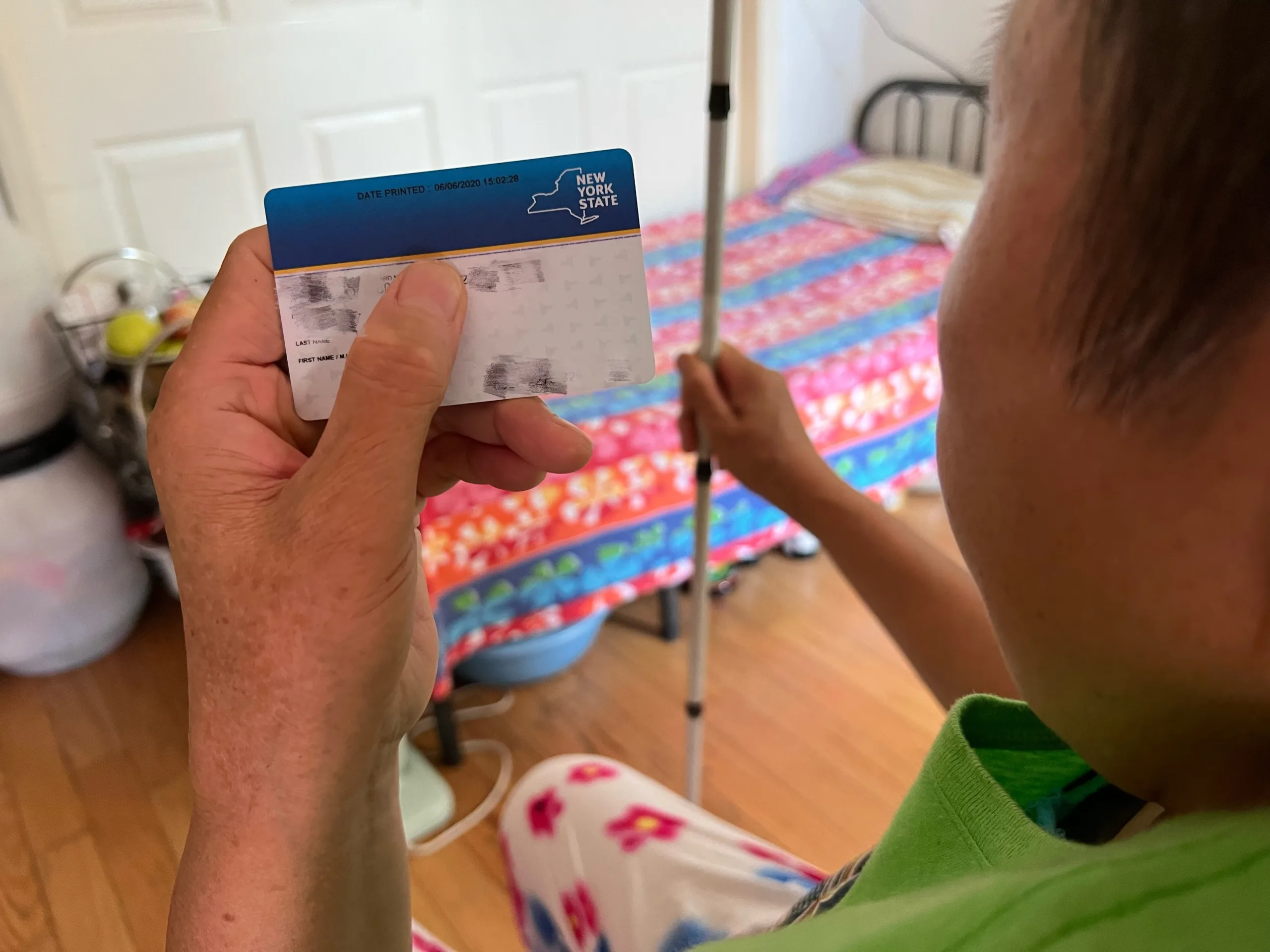When Assia Serrano found out that she would be released from Bedford Hills Correctional Center in May 2021, she immediately started making plans with her high-school-aged children.
When Serrano spoke with them on the phone from prison, they expressed their excitement for family activities like shopping and dinners. Her daughter sent her a tracksuit and sneakers to wear on her release date.
“I spent their entire lives in prison, so they were happy,” Serrano said. “They were excited to have me home.”
But two days before Serrano was scheduled to go home, she was handcuffed, shackled, picked up by an Immigration and Customs Enforcement (ICE) officer, and then transferred to Rensselaer County Jail. She was held for 43 days before ICE deported her to Panama.
She was forced to leave her family behind to start a new life in a country she hadn’t been to since she was 15 years old.
Serrano was one of the many people who, on the day they expect to be released, are instead placed in deportation proceedings.
Immigration courts are embedded into the correctional system, so incarcerated people with an ICE warrant often have a hearing while still in prison.
Following a background check once someone is sentenced to prison, the New York Department of Corrections and Community Supervision, (NYDOCC), notifies ICE about an immigrant’s conviction and sends the agency their personal file. When they are released from prison, they are then transferred to an ICE detention facility, perpetuating a double punishment on undocumented immigrants. People incarcerated in New York can be sent on the path to deportation by being interviewed by ICE during their intake, receiving an order to be deported by an immigration judge or ICE, or by being released from prison and then arrested by ICE based on information NYDOCC has given the agency about an immigrant’s location.
This all happens even though the DOCCS isn’t required by state law to work with ICE and does so voluntarily.
Now, advocates are planning to reintroduce a bill called the New York for All Act that would prohibit local and state agencies from working with ICE, effectively ending the prison-to-deportation process.
“For years, ICE entanglement with state and local agencies have enabled the cruel separation of family members across New York State,” Yasmine Farhang, Director of Advocacy at the Immigrant Defense Project, said.
Under the State Criminal Alien Assistance Program, which began in 1996, DOCCS receives grants from ICE to house and send immigrants in their custody for deportation. The New York prison system received more than $1.1 billion under SCAAP between 1996 and 2012. This year, the Department of Justice offered awards of up to $59 million for states under the SCAAP.
“The funneling of people who are serving state prison sentences into deportation proceedings is a prime example of how our criminal and immigration systems corroborate to separate families and deport people, disproportionately Black people and other people of color,” Farhang said.
“This kind of double punishment is unjust and we are long overdue in New York to put an end to it as several other states have already done.”
The threat of deportation
The threat of deportation followed Serrano throughout the 17 years of her sentence. One of the first people she interacted with after her arrest was an ICE officer who interviewed her about where she was born, how she entered the United States and if she had a valid passport. She said she was interviewed by an immigration official without an attorney present, and the officer who interviewed her was very aggressive.

A year after she was sent to Bedford Hills Correctional Facility, she was given an immigration hearing to prove that she entered the country legally. The attorney she was assigned to was also working on about 20 other cases at the same time, and she says she only had about three minutes with him before the proceeding.
Serrano said of the immigration attorney in her 2006 case, “Never did he say, ‘this is your only chance to fight.’ Because if he would have said that, then my family would have said something, I would have said something. He never asked me anything about any fears, or if there was anything in Panama that was a reason why I left the country. There was no conversation.”
Serrano did succeed in getting her sentence reduced, and it came with an unexpected and welcome consequence. After a new hearing in April 2021, she became the first immigrant survivor to benefit from New York’s Domestic Violence Survivors Justice Act, and she received an early release once she proved that her crime was a result of the coercive influence of her abusive ex-partner.
Later, she would find out that being released from prison early only expedited her release to ICE.
Closer to the end of her time incarcerated, Serrano worked with attorney Nathan Yaffe to reopen her deportation case to present arguments for why she should stay in the U.S. But Yaffe said that it can be an uphill battle once someone already has a deportation order.
“The proceedings are so fast and there’s so little due process that people actually don’t understand what’s going on in their own case,” Yaffe said. “The whole thing is clearly designed just to secure these deportation orders that ICE has so that they can essentially instantly deport someone at the end of their prison sentence without giving them a chance to say, ‘here’s some new basis for me to stay.’”
“It was re-traumatizing,” Serrano said. “It makes you wonder, what am I doing here if I already served my sentence? Why am I being punished? This is like the beginning all over again.”
The unlawful cooperation between New York and ICE
Sometimes, DOCCS will hold people for an extended period of time after their release date arrives in order for ICE to pick them up, even though it is illegal for them to do so, said Benjamin Welikson, supervising attorney at the Office of the Appellate Defender.
In 2020, Welikson represented Dawson Sharpe in a petition to the court against New York’s Groveland Correctional Facility for holding Sharpe several weeks past his release date in order for ICE to take Sharpe into custody, even though he satisfied all his conditions to go home.
The case resulted in the Attorney General stating that DOCCS would no longer be allowed to hold individuals past their release date based on their immigration status. Welikson says that he still hears of this happening.
“It’s obviously illegal, and it’s troubling that DOCCS, in my litigation and in other cases, seems to be aware that it’s not supposed to be doing this, and still has, at least in some cases, apparently, continued to practice,” Welikson said.
“DOCCS should follow the law, and it can be frustrating for us in the public defense world that DOCCS often does not follow legal obligations.”
Since the practice of holding incarcerated people beyond their release date for ICE to pick them up is illegal, there is no data about this. But, a recent development in the NYC jail system hints to the prevalence of this practice.
In a ruling announced Dec. 18, the New York Supreme Court declared that New York City must pay up to $92.5 million to support immigrants who were illegally held in New York City jails past their release date.
Between 1997 and 2012, New York City jails illegally held over 20,000 people beyond their release date for up to two days in order for ICE to pick them up and take them into custody.
“This settlement should be a reminder that all individuals are entitled to due process of law,” Debra L. Greenberger, one of the lead lawyers on the class action settlement, shared in a statement.
New York for All, again
During this coming legislative session in January, immigrant justice advocates are preparing for the reintroduction of the New York for All Act. The bill would prohibit the use of state government resources for immigration enforcement, restrict the disclosure of personal information to ICE and ban ICE from having access to areas of government property without a judicial warrant.
It would also prevent police, correctional officers, state officials and the probation department from questioning individuals regarding their citizenship or immigration status.
The bill was previously introduced in 2021 by Senator Julia Salazar, and in 2023 by Senator Andrew Gounardes and Assembly Member Karines Reyes, but was never brought to a vote. It is supported by the New York Civil Liberties Union, Immigrant Defense Project, the Bronx Defenders, the Vera Institute for Justice and the New York Immigration Coalition.
Farhang said that at a time where the Trump Administration and new threats of mass deportations are impending, the state needs to step up and make protections for immigrant New Yorkers.
Serrano said that the first step to ending the partnership between ICE and DOCCS is to stop giving immigration officials access to incarcerated people. She also said that the system needs to “see everyone as human beings, whether you’re an immigrant or not.”
Being separated from her family is hard. In October, her children, now 19 and 20, visited her in Panama for the first time since she was deported in 2021. She said that her children are around the same age she was when she committed the crime that landed her in prison, and she wishes she was around to give them the guidance they need as they figure out their lives and break the cycle of incarceration.
She is currently campaigning to Gov. Kathy Hochul for a pardon, a fight which is supported by 36 state lawmakers.
“I think that laws need to protect immigrants. Even if I committed a crime and I’m guilty of that crime and I serve my sentence, I don’t think that I should be punished over and over again,” Serrano said.
“I think everyone has a chance to contribute to society, to do better, to be better. There has to be a little more that needs to be done.”














